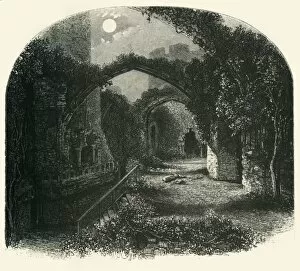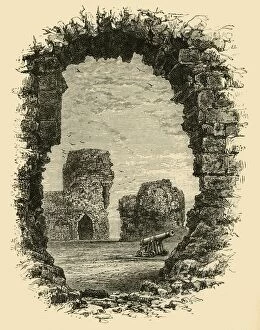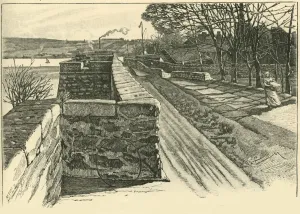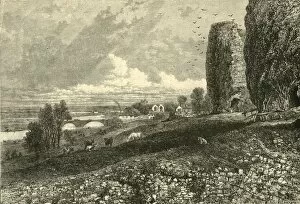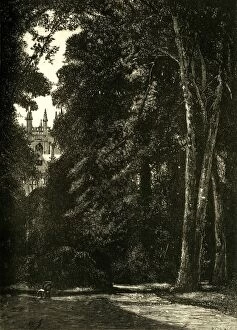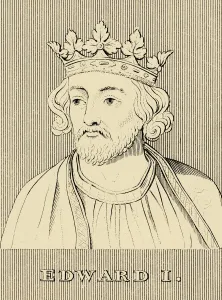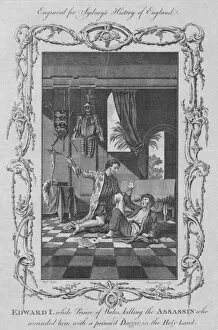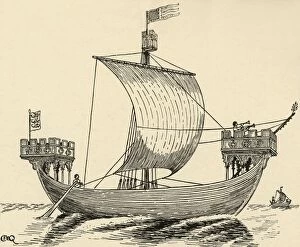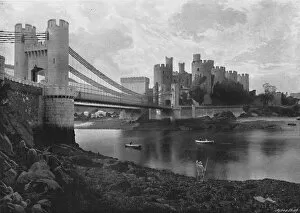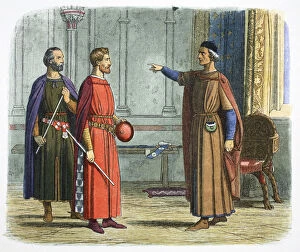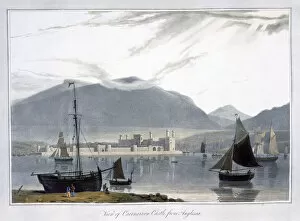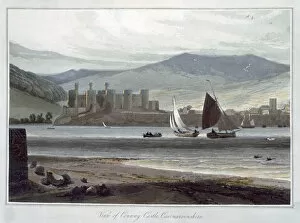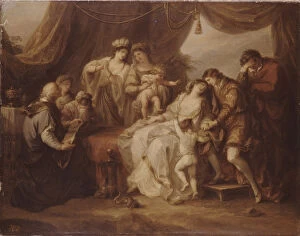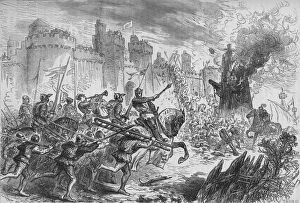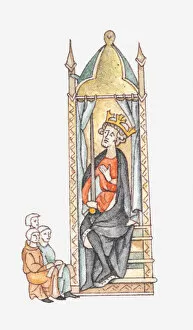Edward I Of England Collection
"Edward I of England: The Mighty King and His Medieval Fortresses" Step back in time to the reign of Edward I
All Professionally Made to Order for Quick Shipping
"Edward I of England: The Mighty King and His Medieval Fortresses" Step back in time to the reign of Edward I, a formidable ruler who left an indelible mark on English history. Known for his ambitious castle-building campaigns, Edward I sought to solidify his power and control over Wales and Scotland. One such magnificent stronghold was Conway Castle, a strong and noble medieval fortress nestled in Conway, Wales. Dating back to the 1930s, this captivating image captures the grandeur of this architectural marvel. The Banqueting Hall within Conway Castle takes us further into its rich history. In this snapshot from around 1870, one can imagine lavish feasts held within these walls as knights and nobles gathered under Edward's watchful eye. Flint Castle also played a significant role during Edward's reign. This intriguing photograph from 1898 transports us to its imposing structure where secrets lie hidden within its ancient stones. Venturing beyond Welsh borders, we encounter Berwick-On-Tweed's ramparts in another evocative image from 1898. These fortifications served as strategic defenses against Scottish invasions during Edward's rule. Harlech Castle stands proudly amidst rugged landscapes in yet another mesmerizing photograph from 1898. Its towering presence symbolizes both strength and dominance—a testament to Edward's vision for unyielding power. From atop the walls of Berwick, we gaze across the Tweed River through the lens of an unknown photographer from that same year—1898—an enchanting view that speaks volumes about Edward's territorial ambitions. Rhuddlan Castle emerges next—a striking sight surrounded by marshes—as captured by an anonymous artist in 1898. It serves as a reminder of how nature intertwined with man-made structures during this era.



